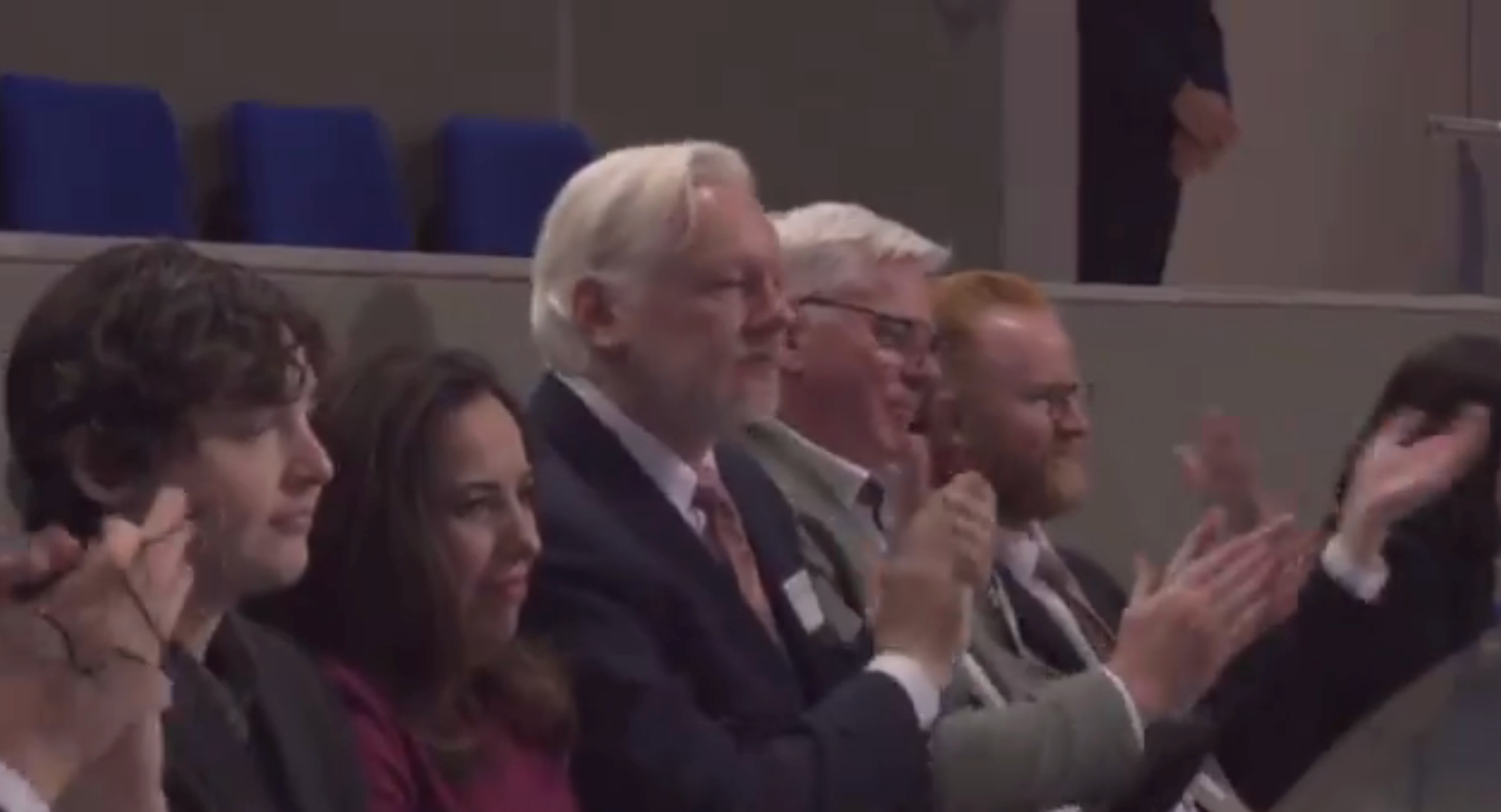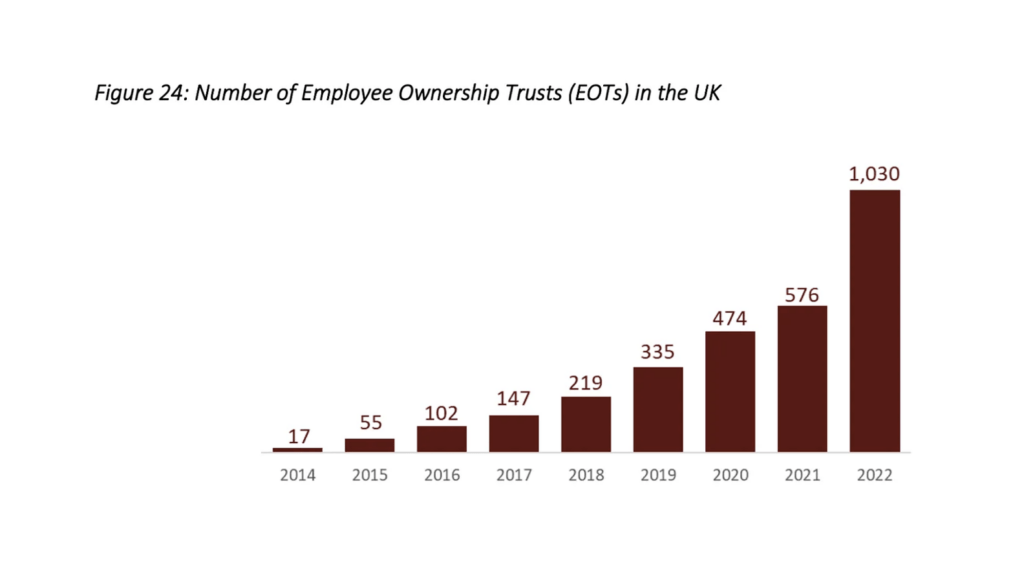The European Parliamentary elections on 9 June drastically reshaped the Hungarian political landscape. Péter Magyar’s new party, Tisza, received 30% of the votes, the highest percentage an opposition party has ever got in Viktor Orbán’s system.
Magyar, the ex-husband of Fidesz’s former justice minister Judit Varga and the former director of several Hungarian state-owned companies, emerged in February after the so-called clemency scandal.
Magyar’s rise has been meteoric and unprecedented in Hungarian politics. In the span of a few months, Tisza became Orbán’s main challenger for the 2026 General Election which they have a chance of winning.

While his emergence gives hope that Orbán can be defeated, Magyar’s rise is not necessarily good news for progressive Hungarians who oppose Fidesz’s rule on an ideological basis.
As a former Fidesz member, Magyar is openly a conservative and accepts many of Orbán’s party’s basic tenets. He uses similar rhetorical tropes in his speeches as Orbán, his position regarding the war in Ukraine is not markedly different from that of Fidesz, and he does not propose an overhaul of the tax system.
Progressive Hungarians should not completely despair, however. The local elections Hungary held alongside the European elections in June show an emerging pattern.
Several progressive voices managed to win mayoral elections with majorities in councils and will commence their term in October.
What many of them had in common was a focus on the idea of their local area being more than just a district or a village and instead interpreting it as a “community” by embracing direct participatory democracy. Their emergence is not a sudden, explosive one like that of Magyar but the result of hard and time-consuming local work and activism.
One of the major stories of the local elections was the victory of MKKP’s Gergely Kovács in District XII of Budapest (also known as Hegyvidék). Hegyvidék is one of the wealthiest districts in Budapest, which until recently was considered a safe seat for Fidesz.
MKKP (‘Magyar Kétfarkú Kutyapárt’ – The Hungarian Two-Tailed Dog Party) launched as a satirical party in the late 2000s, but by the mid-2010s they started engaging in grassroots campaigns, such as renovating bus stops and painting benches and pavements. By 2019, they had some councillors in Budapest, including Kovács.

MKKP’s main strategy is to use a significant portion of the funds given by the Hungarian state to political parties for campaigning to finance community projects. People can apply to their Sándor Rózsa People’s Public Money Wasting Fund and democratically selected projects get funded. This way, the Dogs have funded the publication of a children’s book, thematic film screenings, public community dinners, infrastructural developments at a dog shelter, and camps for disadvantaged children.
In their election campaign, the Dogs promised to elevate their voluntary activities to a council level: they pledged to have a Community Budget in the council, similar to their Sándor Rózsa Fund, where individuals or organisations can apply with ideas for projects which the council would fund.
They also pledged to have a warehouse where residents can donate used electrical goods which then can be given to other residents in need. Their council also intends to pay for materials residents can renovate their local environment with. To encourage more interaction between the locals and the council, the Dogs pledged to reform the council’s website.
“During the campaign, we stressed our philosophy on several platforms: Citizens must act themselves, and, crucially, that they canact themselves to achieve change. This is the idea our party is built on and we intend to organise the district around this philosophy too,” Tekla Kocsik, a newly elected councillor and MKKP’s local campaign manager at the Hegyvidék election, told the Byline Times.
But doesn’t being elected make the advocacy and popularisation of such a philosophy more difficult? If the individual is responsible for improving their environment and bettering their community, will relying on the council (however participatory it is) not result in the opposite of the desired effect?

Not according to Kocsik: “Our role will be to create the conditions for free participation for everyone who wants to do something for the community. In Hungary, civil organisations are being pushed to the brink and thus there are really no institutions individual action can be channelled through. A participatory local government aims to offer a solution to this problem.”
Gergely Kovács is not the only newly elected Hungarian mayor who won on a platform heavily influenced by the advocacy of participatory or community-focused politics.
Pócsmegyer is a village on Szentendre-Island between two strands of the Danube. It recently made history by electing Kriszta Mwajas, who became the first-ever Black mayor in Hungarian history.
While Mwajas’ opponent, the incumbent mayor Miklós Németh, was nominally independent, his campaign was aided by the local Fidesz MP and government spokesperson Eszter Vitályos.
Mwajas started her involvement in local public life when she partook in activities at KÖSZI Önkéntes, a volunteer group that, similarly to the Hungarian Two-Tailed Dog Party, organised regular litter clean-ups and repainted benches.
When the council ran out of money to fund this year’s edition of the annual village festival, her team, Helyi Erő, and KÖSZI took on a significant part of the organisation and funding. As part of the festival, Gábor Szilvágyi, Mwajas’ soon-to-be deputy mayor, organised a ballot for locals who could directly vote on what species of tree to plant on one of Pócsmegyer’s squares.
In her mayoral campaign, Mwajas heavily criticised the lack of communication between the council and the residents and pledged to improve it. Similarly to the Dogs in Hegyvidék, she promised to create a new, more accessible, regularly updated website for the residents as well as to develop an app to foster communication.
Helyi Erő ran under the slogan “Together with the community!” and their campaign focused on the idea of transforming the village from a settlement into a communitywhere locals can work and engage in creative activities together.

Mwajas also started organising so-called thematic circles; groups consisting of Pócsmegyer residents with different expertise, for example in culture, sports, roads, and environmental protection, which could guide the operations of the council.
“This participatory element was completely missing from our local government. The residents had no communication and no connection with our elected officials. The council must be approachable and cooperative so that it can work together with the locals,” says Mwajas.
Should the Dog Party or Kriszta Mwajas’ Helyi Erő wish to look for inspiration, there is a precedent for a Hungarian council embracing participatory democracy and community politics successfully.
Some areas of Józsefváros are amongst the poorest in Budapest. In 2019, the Opposition’s András Pikó pulled off a narrow victory against the incumbent Fidesz mayor in the district. This year, he defended his seat with an increased majority.
Just like in 2019, Tessza Udvarhelyi was Pikó’s campaign manager for this year’s elections. In the time between, she was the head of the Józsefváros’ newly established Office for Community Participation. An increased focus on participation and a more direct communication between the municipality and the residents were the main policy change the Pikó team introduced.
Udvarhelyi sees the main role of the Office for Community Participation as teaching the population that they have a say in how their local area is organised and encouraging them to be proactive and initiate change.
Residents should not just expect things from the authorities. They should think that the district is theirs and have a say in how the council is run. If they have an issue with something, they should organise themselves and the council will helpTessza Udvarhelyi
What does this mean in practice? In the past five years, Józsefváros’s website received a significant facelift (similar to what Mwajas and the Dogs are promising) and the council now has customer service, both of which are also available in English (Józsefváros has one of the highest percentage of non-Hungarian residents in Budapest).

The flagship feature of the Office of Participation is the Participatory Budget, through which locals can suggest and vote on new projects. Józsefváros residents send in suggestions, municipal staff screen them for feasibility and then a committee of local residents selects the ones which then go on the ballot.
In the end, locals vote directly on which ones they want to implement. As part of these initiatives, the council started to develop a program to neuter stray cats, planted trees on several streets, and built new water fountains and bird feeders. Among the winning ideas in 2024 were free sanitary product machines, the opening of a new park, and improving the accessibility of areas in the district.
So why has participatory local democracy become so popular in Hungary? A straightforward answer is that after 14 years of authoritarian rule dismantling most democratic institutions in the country, Hungarians don’t have many other options to exercise democratic rights than at the local level.
“I think this is a necessity. If you wanted to do politics or just simply participate in public life in the past 15 years, you were completely shut out from the national level,” Udvarhelyi explained.
But we also realised that we can do cool and important things locally. András Pikó always says that Józsefváros is our political home because, at the moment, for many of us, our country is unable to serve that needTessza Udvarhelyi
That participatory democracy is a response to Fidesz’s takeover of the Hungarian state is also apparent in Mwajas’ plans for Pócsmergyer. Perhaps her most radical idea for the village – and what might prove to be the most controversial – is community-funded road renovations.
“Our roads are in a terrible condition. They are shit basically,” she says. To solve the problem, in their manifesto, Helyi Erő pitched the idea that in case the residents on a street put together funds to pay for a road renovation project, the council will handle the administration and commence the work that requires specialist expertise.
The idea seems astonishing at first glance: after all, isn’t funding the maintenance of roads one of the basic duties of a local council?
Mwajas does not think so. “We must be realistic about our current situation. It is just not possible to do this in any other way. There is no money and a significant part of the population know this. Our situation is a given and we need to make the most out of it. What we have to do now is survive.”
The clue to why this idea is not completely far-fetched lies in the particularities of local councils in Hungary under Orbánism. Before coming to power in 2010, Orbán’s Fidesz made significant gains at local elections in 2006, which played a huge role in establishing a successful network and electoral machine which contributes to his continuous successes.
As a result, Orbán is wary of non-Fidesz-controlled local councils and has significantly curtailed their room for manoeuvre by changing the law so that councils have significantly less power and income. Local councils are more reliant on the state, therefore mayors are less likely to openly criticise the government.
As such, embracing participatory democracy is a response to the systemic destruction of the Hungarian state. When the state does not do its job, individuals and local communities step up instead.
This solution, however also shows the limitations of participatory local government; if the average Pócsmegyer resident was less well off, such a proposal would be bound to fail at the ballot box.
In a sense, with the community-funded road renovations, the council replaces taxes that the government takes away from it or spends on illicit purposes. However, in this scenario, the Pócsmegyer citizens who want to renovate their roads essentially pay twice.
Individuals reaching in their pockets to counter Fidesz-generated problems with the Hungarian state is not entirely unique phenomenon in local government. After Fidesz turned the Hungarian public media into a propaganda machine and forced others to close, several independent media outlets are now funded through a quirk of the Hungarian tax system that lets individuals give 1% of their taxes to a foundation.
The current affairs YouTube channel Partizán was the largest beneficiary of the scheme this year in the entire country, but investigative portal Direkt36 and the conservative (but Fidesz critical) magazine Válasz Online also received a significant amount of its funding through it.
Udvarhelyi seems to agree that the biggest challenge for participatory local governments is to also reach out to those on lower incomes who perhaps pay less attention to politics.
According to Udvarhelyi, the Józsefváros council does this by engaging in community organising with socially disadvantaged groups and by surveying which areas were more active in participatory processes and targeting the newer ones at areas where activity was lacking.

Its proponents agree that participatory democracy is also an answer to alienation, plaguing so many people in Western societies. “Communities are the future,” declares Mwajas.
“Individuals are turning further and further away from each other. Collaborative action or work can be a remedy for this as it is much more difficult to be hateful to people if you work together at the same desk the next day.”
In the words of MKKP’s Kocsik, “a lot of political parties throughout Europe are unable to make people interested in maintaining democratic standards. People believe that political parties are too distant from their problems and authoritarian populist forces are able to capitalise on this.”
By embracing participatory democracy, local councils can bring people together by helping them realise that if they don’t turn away from each other, they get to know people with whom they can cooperate and build things. This solves the problem of alienation and divisionTekla Kocsik, MKKP
Kocsik might be onto something. Anrdás Pikó’s team in 2019 and MKKP this year both took over Fidesz-controlled districts.
Kriszta Mwajas, a Black woman with blue hair, managed to win in a village where the combined vote share of far-right parties (Fidesz and Mi Hazánk) at a parallel election reached 64%.
With the election of Orbán, the rise of authoritarian populism started in Hungary. But if these councils’ experiment with participatory democracy works out, the country may also have found its antidote.
ZNetwork is funded solely through the generosity of its readers.
Donate









